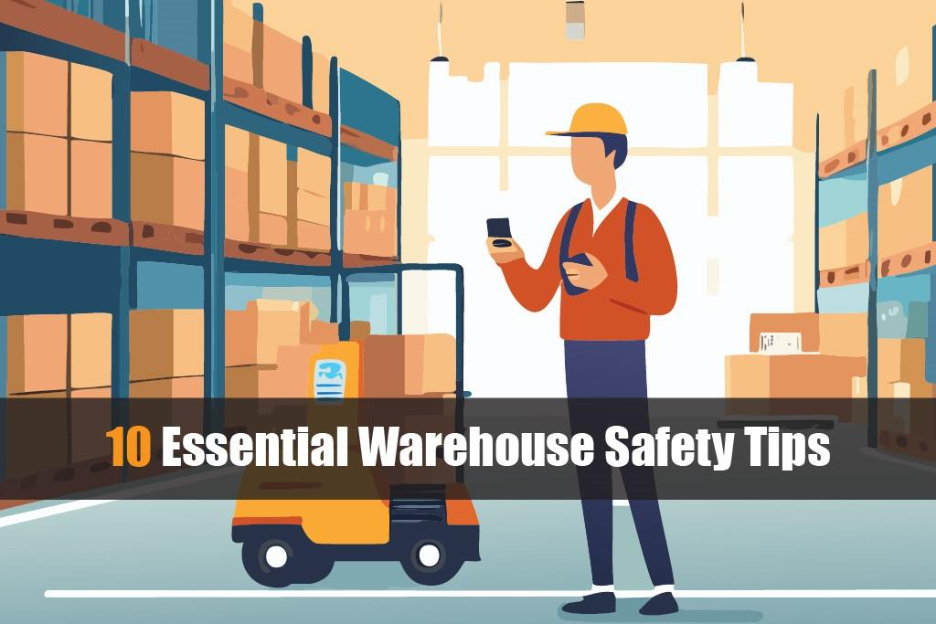
Warehouse safety refers to the practices and protocols designed to protect employees working in warehouse environments. It includes proper training, equipment maintenance, hazard identification, safety gear usage, and compliance with safety standards.

A safe warehouse minimizes accidents and injuries, reducing downtime while boosting efficiency. This guide explores common warehouse hazards, expert-endorsed warehouse safety tips, and how a mobile inventory management solution can help enforce safety and productivity
Maintaining warehouse safety protects employees and keeps operations efficient. As a manager or supervisor, you are responsible for creating and enforcing safety protocols that prevent injuries and legal issues.
Beyond compliance, prioritizing safety builds employee trust, improves morale, and enhances operational consistency.
Warehouses are busy environments where multiple tasks happen simultaneously. Each carries potential risks. Here are the most common warehouse mistakes and hazards to watch for:
Identifying these hazards is the first step toward creating a safe, efficient warehouse.
Follow these warehouse safety tips to protect your employees and maintain a secure workplace:
Inspect the warehouse routinely to identify hazards such as unstable racks, faulty equipment, or dim lighting.
Train employees on proper warehouse procedures, manual handling, and emergency response.
How Often Should Safety Training Be Conducted?
Ensure every employee wears appropriate PPE such as:
Train staff on when and how to use and maintain PPE correctly.
Maintain a clean workspace.
Use signage to warn employees of potential dangers and guide safe practices.
Routine maintenance prevents breakdowns and accidents.
Timely equipment maintenance ensures safety and reliability.
Separate forklift paths from pedestrian walkways using tape or barriers.
Stack materials properly to prevent collapses or falling objects.
Safe storage prevents injuries and product damage.
Implement strict safety rules for lift trucks and forklifts.
Following these measures helps prevent crush injuries and collisions.
Regularly test fire alarms and smoke detectors.
Consistent drills prepare employees for real emergencies and save lives.
While these warehouse safety tips are vital, automating processes further strengthens safety enforcement.
Warehouse automation using a mobile inventory management solution integrates real-time data, reducing manual errors and improving accuracy. Automation allows warehouse staff to focus on safety rather than repetitive tasks.
A mobile barcoding system enhances both safety and efficiency:
A mobile inventory management solution ensures consistency in following safety standards and prevents accidents from oversight or delay.
Propel Apps offers a robust mobile inventory management solution that integrates seamlessly with SAP, Oracle, and other ERP systems.
Key features include:
This mobile solution empowers warehouse staff to work safely, efficiently, and confidently—anytime, anywhere.
Warehouse safety requires constant awareness and proactive management. By applying these warehouse safety tips, training employees, and automating repetitive tasks, you can create a safer and more productive environment.
Integrating warehouse automation and a mobile inventory management solution minimizes human errors and promotes consistent safety practices. Remember, safety is not only about compliance—it’s about building a workplace where employees feel secure and motivated to perform their best.
